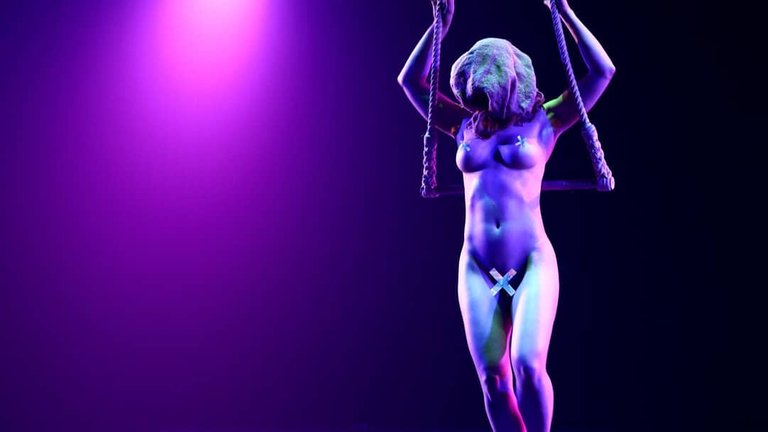Live performance Photography
This style is my most favourite and unfortunately the one that I have the least chances to explore. Not only because I don't have the money that I need to invest in the material needed to capture this live performances properly but also, because a lot of times you need special permits to shoot them.
This series below that you can see is from an amazing circus show that I went to watch and that was absolutely fantastic. With a bunch of awesome and different types of performances.
There are some nudity so you are warned. But it is censored so you don't get to see everything.
But I hope that in my lifetime I will have the chance to work in this style way more often.
Important stuff you need to know about this style
Live performance photography is the art of capturing dynamic and compelling images of performers in action during live events such as concerts, theater performances, dance shows, sporting events, and more. It requires a unique set of skills and techniques to effectively convey the energy, emotion, and atmosphere of the performance through photographs. Here are some key aspects to consider when engaging in live performance photography:
Equipment: Invest in a camera with a fast autofocus system, as live performances involve quick movements and changing lighting conditions. A telephoto lens with a wide aperture is also useful for capturing distant subjects and achieving a shallow depth of field.
Familiarize Yourself with the Venue: Arrive early to get a sense of the performance space. Take note of lighting conditions, stage layout, potential obstructions, and any restrictions on photography. This knowledge will help you plan your shots and anticipate the action.
Use Fast Shutter Speeds: Performances are often characterized by rapid movements, so using a fast shutter speed will freeze the action and minimize motion blur. Aim for a speed of at least 1/250th of a second or faster, depending on the intensity of the performance.
Understand Lighting Challenges: Live performances often have dynamic and changing lighting conditions. Be prepared to adapt quickly by adjusting your camera settings. High ISO values may be necessary to maintain a fast shutter speed, but be mindful of noise levels in your images.
Capture Expressions and Emotion: Focus on capturing the emotions and expressions of the performers. Look for moments of intensity, joy, concentration, or interaction between performers. These moments can help tell the story of the performance.
Anticipate the Action: Develop a sense of timing and anticipate key moments during the performance. Familiarity with the performance or the ability to anticipate certain movements or actions will allow you to capture the most impactful shots.
Composition: Pay attention to composition and framing. Use the rule of thirds, leading lines, and other composition techniques to create visually interesting and balanced images. Experiment with different angles and perspectives to add variety to your shots.
Post-Processing: After the shoot, select the best images and enhance them using photo editing software. Adjust the exposure, color balance, and sharpness if needed, but aim to preserve the authenticity and atmosphere of the performance.
Now enjoy scrolling.

























Remember to always respect the performers and the audience by adhering to any photography policies or guidelines set by the event organizers. Additionally, be mindful of your surroundings and avoid obstructing the view of other audience members. With practice and experience, you can develop your own style and capture compelling live performance photographs.
Camera used - Canon EOS 750 D Check Here
Lens - 50 mm Check Here
To check all my Socials and Connect with me Click Here
